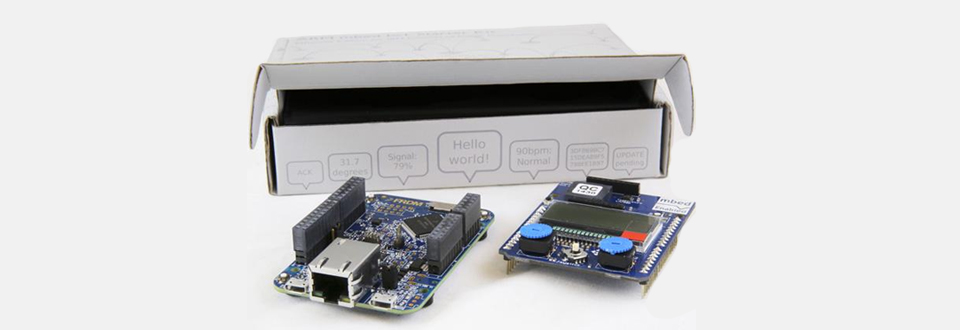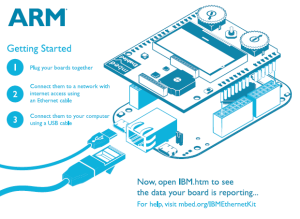Intel announced one of the biggest ever changes to its chip lineup, it develops a new Xeon CPU with an integrated FPGA. It is a move to address the needs of cloud service providers and offer better performance to the users.
The giant said its next-gen Xeon chip deliver up to 80% more performance and will fir in the standard E5 LGA2011 socket. The integrated FPGA will allow each chip to be customized to specific workloads. The move is to make a better all-round platform for a huge variety of workloads in enterprise. The company is expanding on its promise of customizable solutions, by combining its Xeon processor with a customizable logic block and that too inside a single-chip package.
Let’s discuss a little about FPGA…
FPGA is a blank chip that can be again and again reprogrammed after manufacturing and its stands for Field-programmable Gate Arrays. In simple words you can take an FPGA to program it to perform one set of function, and then reprogram it to handle different or another type of workload. With some exemptions, every chip inside a computer is hard-coded to perform just one set of functions. Your CPU can only perform exactly what AMD or Intel designed it to do.
As far as the benefits of FPGA are concerned, the main advantage is that its customizable and has monstrously high performance. Over the last few years, more and more processing has moved to the cloud and Intel’s server market dominance has also been attacked on a few fronts. As far as Xeon chips are concerned, they are fast, efficient and all-round chips.
To address more specific workloads, Intel has paired its Xeon CPU with an FPGA. According to Intel, it has delivered around 15 custom products to big customers like Ebay and Facebook and will do over 30 custom designs this year. The aim is to provide a high performance, programmable capability to perform critical algorithms.
There’s no word on availability or pricing, but it’s quite clear that it’s not going to be cheap.






